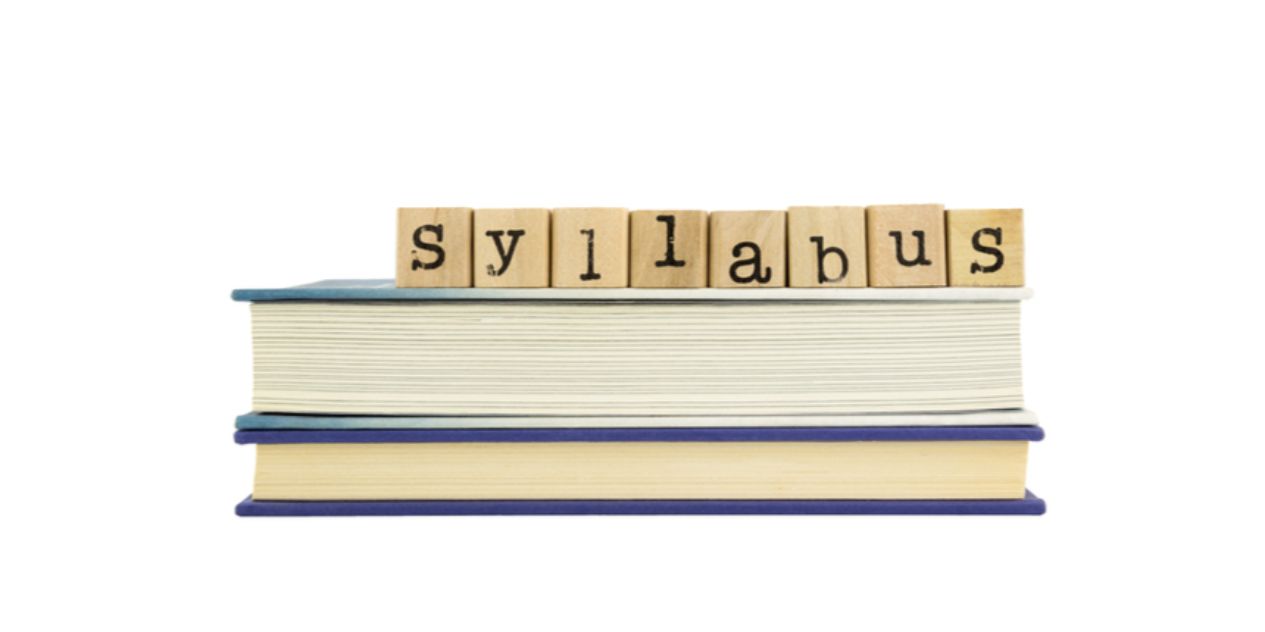ICSE Mathematics Class 8 Syllabus
The syllabus consist of six themes - Number System, Ratio and Proportion, Algebra, Geometry, Mensuration, and Data Handling.

Theme 1: Number System
Rational Numbers
- Properties of rational numbers. (including identities). Using general form of expression to describe properties
- Representation of rational numbers on the number line
- Between any two rational numbers there lies another rational number
- Word problem
Exponents Powers
- Laws of exponents with integral powers
- Square and Square roots using factor method and division method for numbers containing (a) no more than total 4 digits and (b) no more than 2 decimal places
- Cubes and cubes roots (only factor method for numbers containing at most 3 digits)
Playing with numbers
- Writing and understanding a 2 and 3 digit number in generalized form (100a + 10b + c , where a, b, c can be only digit 0-9) and engaging with various puzzles
- Deducing the divisibility test rules of 2, 3, 5, 9, 10 for a two or three-digit number expressed in the general form.
Sets
- Union and intersection of sets
- Disjoint set
- Complement of a set
Theme 2: Ratio and Proportion
- Slightly advanced problems involving applications on percentages, profit & loss, overhead expenses, Discount, tax.
- Difference between simple and compound interest (compounded yearly up to 3 years or half-yearly up to 3 steps only
- Direct and inverse variations - Simple and direct word problems
- Time and work problems - Simple and direct word problems
Theme 3: Algebra
- Algebraic Expressions
- Multiplication and division of algebraic expression (Coefficient should be integers)
- Identities (a ± b)2 = a2 ± 2ab + b2, a2 – b2 = (a – b) (a + b).
- Properties of in equalities.
- Factorisation (simple cases only) as examples the following types a(x + y), (x ± y)2, a2 – b2, (x + a)(x + b)
- Solving linear equations in one variable in contextual problems involving multiplication and division (word problems) (avoid complex coefficient in the equations)
Theme 4: Geometry
Understanding shapes
Properties of quadrilaterals - Angle Sum property
Properties of parallelogram (By verification) (i) Opposite sides of a parallelogram are equal, (ii) Opposite angles of a parallelogram are equal, (iii) Diagonals of a parallelogram bisect each other. (iv) Diagonals of a rectangle are equal and bisect each other. (v) Diagonals of a rhombus bisect each other at right angles. (vi) Diagonals of a square are equal and bisect each other at right angles.
Representing 3-D in 2-D
- Identify and match pictures with objects [more complicated e.g. nested, joint 2-D and 3-D shapes (not more than 2)].
- Drawing 2-D representation of 3-D objects (Continued and extended)
- Counting vertices, edges & faces & verifying Euler’s relation for 3-D figures with flat faces (cubes, cuboids, tetrahedrons, prisms and pyramids)
Construction of Quadrilaterals
- Given four sides and one diagonal
- Three sides and two diagonals
- Three sides and two included angles
- Two adjacent sides and three angles
- Idea of reflection symmetry and symmetrical shapes
Circle
- Circle, centre, radius/ diameter, arc, chord, sector and segment.
Theme 5: Mensuration
- Area of a trapezium, a polygon and semi-circle.
- Surface area of a cube, cuboid, cylinder.
- Idea of Total surface area and curved surface areas of various 3-D figures
- Concept of volume, measurement of volume using a basic unit, volume of a cube, cuboid and cylinder
- Volume and capacity (measurement of capacity)
Theme 6: Data Handling
- Arranging ungrouped data, it into groups, representation of grouped data through bar-graphs, constructing and interpreting bar-graphs.
- Simple Pie charts with reasonable data numbers
- Consolidating and generalising the notion of chance in events like tossing coins, dice etc. Relating it to chance in life events